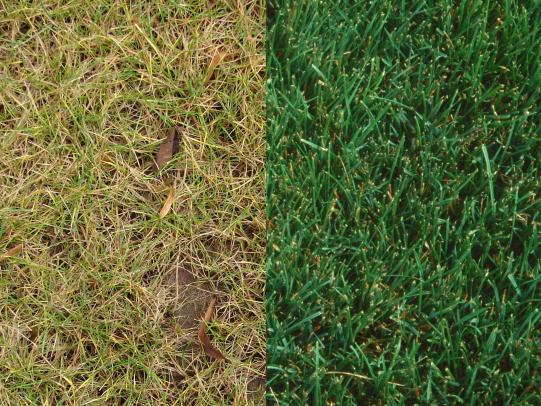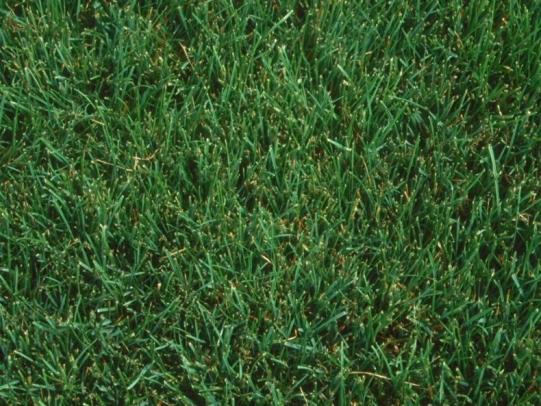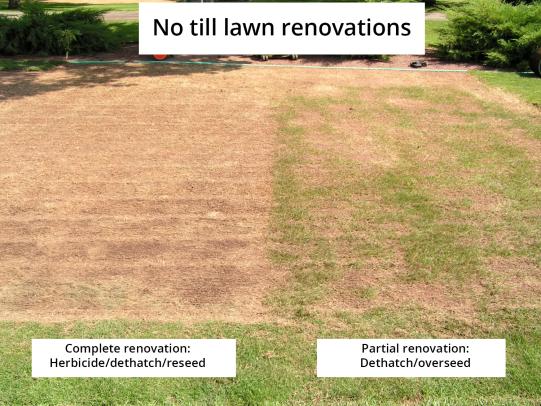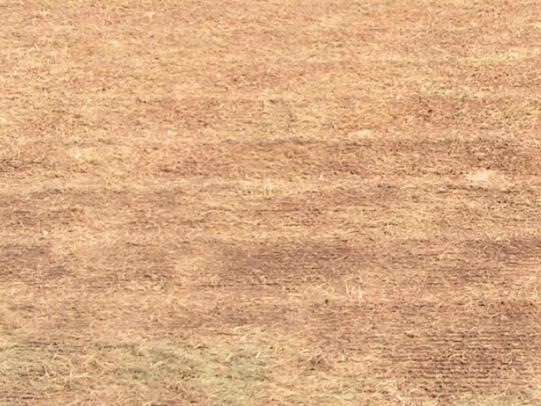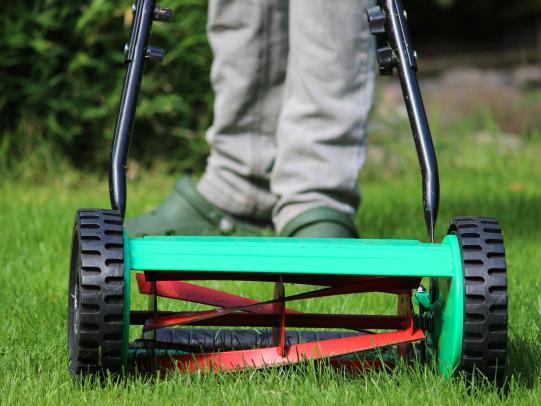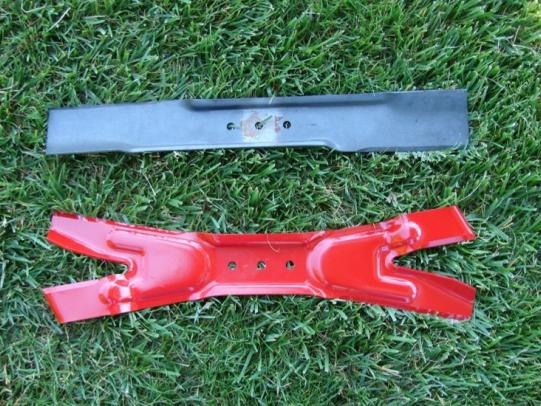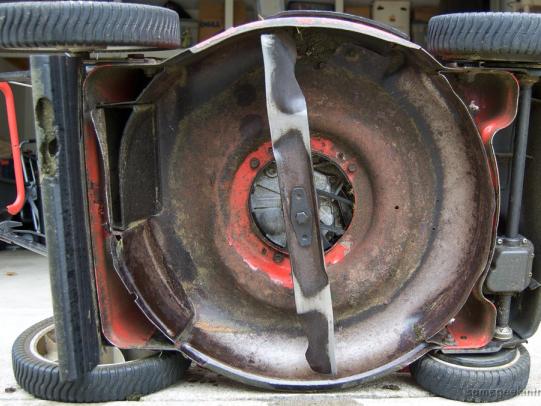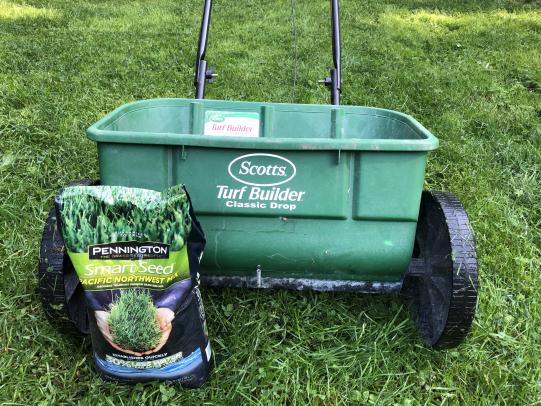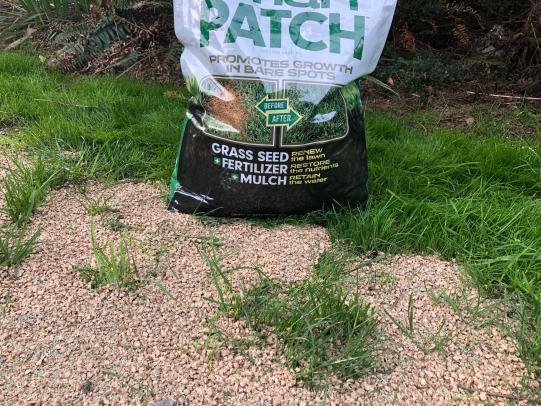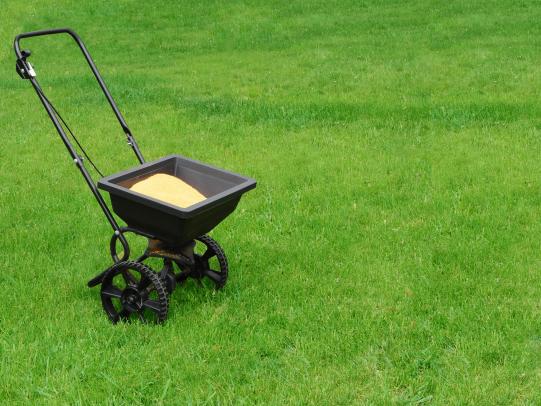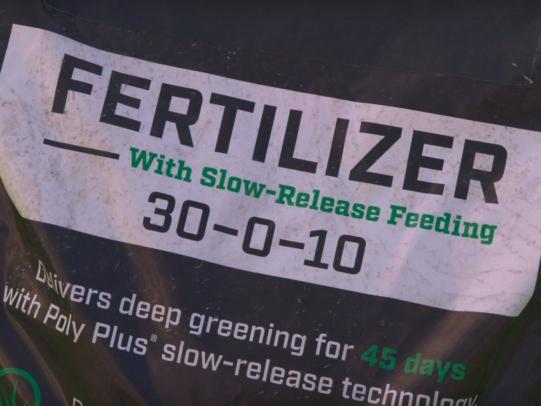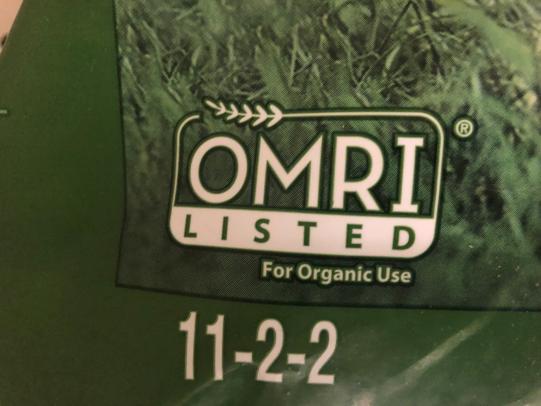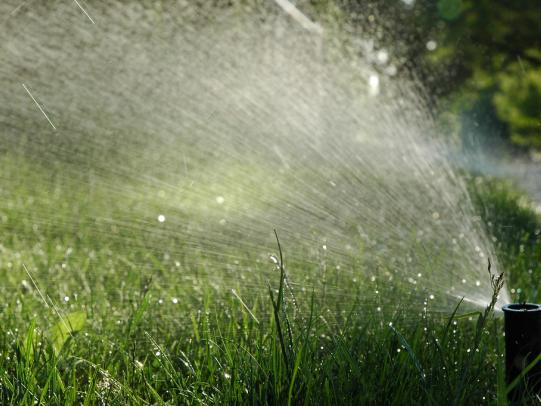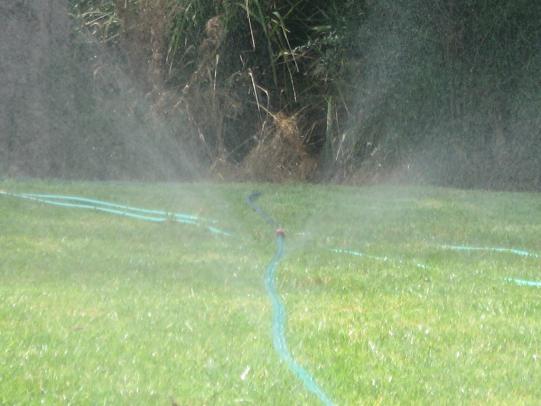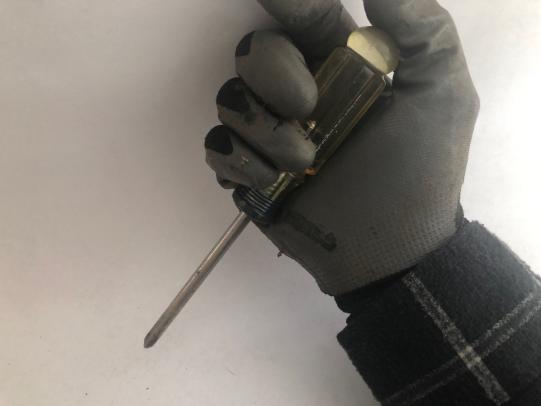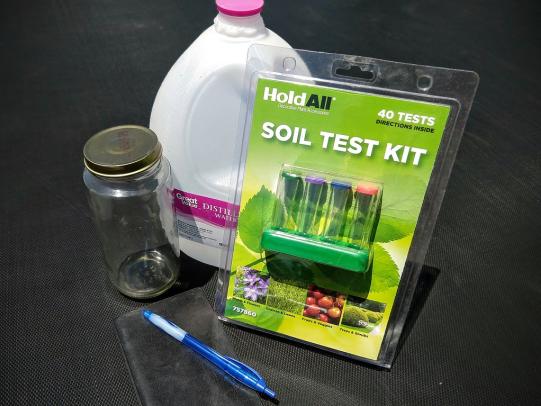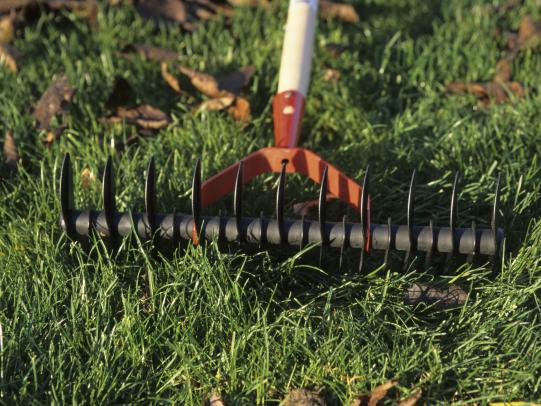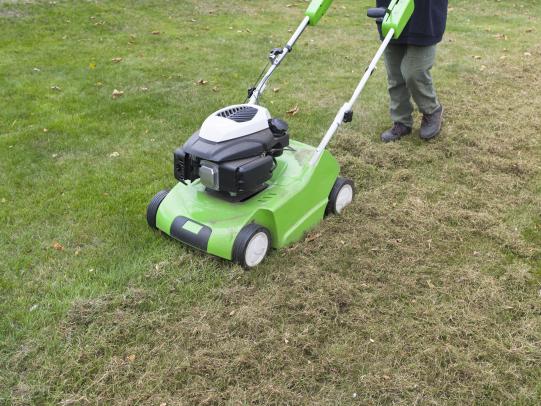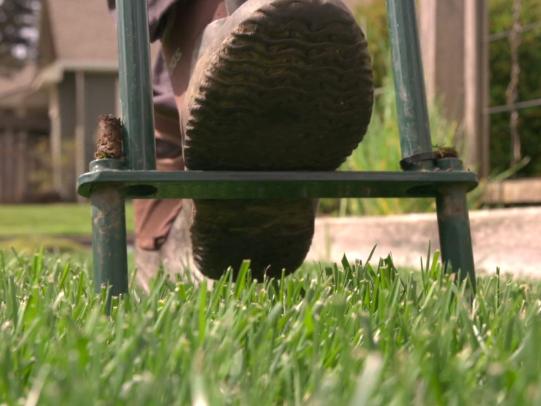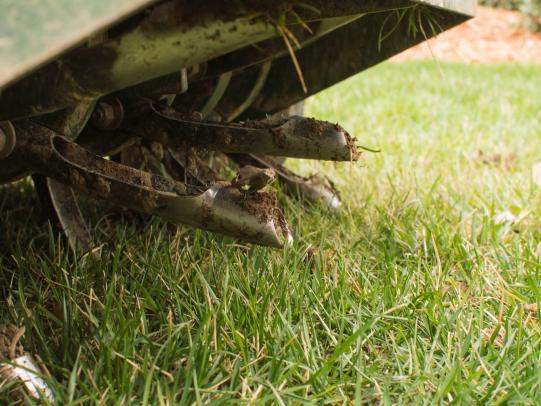Preventing Lawn Problems
Learn tips for how to grow a dense, healthy lawn. A healthy lawn resists invasion by moss, weeds, insects, and diseases. If your lawn is not meeting your expectations, consider a lawn renovation.
Follow these steps to maintain a healthy lawn:
- Maintain the right growing conditions needed for strong, healthy grasses. Healthy lawns resist moss, weeds, insects, and diseases.
- Perform regular lawn maintenance. Activities include: mowing, weeding, fertilizing, overseeding, and watering. Dethatching and aerating also help.
- Understand that lawns change over time. After you sow lawn seed or lay sod, a mixture of desired grasses and broadleaf weeds, grassy weeds, and moss will evolve.
- Soil drainage, soil fertility, sunlight, water stress, and how the lawn is cared for and used will influence how your lawn looks over time.
- Set realistic expectations for your lawn. Match the lawn standards you want to maintain with the right maintenance schedule.
For more information:
- Practical Lawn Care for Western Oregon (OSU Extension Service)
- Turfgrass Maintenance Calendar for Central Oregon (OSU Extension Service)
Jump To
- A healthy lawn resists invasion by moss, weeds, insects, and diseases.
- Plant grass species best suited for your area.
- Plant disease-resistant cultivars or mixtures.
- Lawn grasses require full sun to thrive. Lawns grown in shady areas will require more care to maintain to high standards. Or learn to tolerate moss for lawns in shady areas.
- Apply fertilizer and water to grow a lawn that matches the lawn standards you wish to maintain.
- Consider a total lawn renovation if moss, weeds, insects, or diseases are overwhelming your lawn area.
- Late summer is the best time of year for a lawn renovation.
The photo shows two renovation techniques:
- Complete renovation (left): herbicide dethatch, and reseed
- Partial renovation (right): dethatch and reseed
Both treatment areas in the photo are ready for seeding.
Learn More about Lawn Renovations
For more information about renovating your lawn, see Practical Lawn Establishment and Renovation (OSU Extension Service).
Mowing
- Mow regularly. For most lawns, a mowing height of 2–3 inches is recommended.
- Use a mulching mower (has a special blade and enclosed deck) or reel mower to chop up debris into small pieces. Mulch mowing recycles nutrients to the lawn.
- Mow weekly during most of the growing season.
- Mow twice per week when the grass is growing quickly during mid-late spring as needed.
Mowing Tips
- Cut only 1/3 of grass height at each mowing.
- Make at least two passes over your entire lawn area. Go at a 45-degree or 90-degree angle to your first pass. This method helps to avoid ruts and compaction from the mower.
- Rake up excess lawn clippings that don’t get finely chopped.
- Mow higher in periods of stress such as dry or hot weather. The longer leaves promote root growth to absorb water from the soil.
- If you don’t use a mulching mower, bag and remove the lawn clippings.
Apply Grass Seed in Spring or Fall
- The grasses in lawns naturally thin out over time. Keep your stand of grass thick and robust by applying grass seed regularly.
- Apply grass seed or lawn patch to thin areas in the spring and late summer or early fall. Cover up bare soil with grasses.
- Apply grass seed over your entire lawn at least every two years before it thins out for the worse.
How to Use a Seed Spreader
- Follow the instructions on the seed spreader tool and seed packaging for best results.
- Split the amount needed for the entire lawn into two lots.
- Apply the first lot going in one direction.
- Apply the second lot at a 90-degree angle.
- This process ensures even and thorough seed coverage.
Fertilize, But Not Too Much
- Unfertilized lawns tend to be thin, light green, or brown in color. They often have moss and weeds mixed with grasses.
- Unfertilized and over-fertilized lawns are both prone to insect pests and disease problems.
- If fertilizer is needed, apply once in the fall. This will promote robust growth the following spring. For strong growth through the summer, apply once in the spring too.
- Mulch mowing provides about the equivalent of one fertilizer application per year.
Slow-release fertilizers
- Slow-release fertilizers include organic fertilizer options and synthesized fertilizer products that say “slow release” on the package (coated to keep the nutrients from dissolving in water).
- Slow-release fertilizers provide a steady stream of plant-available nutrients over time.
- Slow-release fertilizer products are less likely to dissolve in water and move into waterways than soluble fertilizer products.
Lawn Watering Decision-Making
- Lawns can survive the summer without irrigation by going dormant and turning brown.
- Unirrigated lawns often have moss and weeds mixed with grasses. They don’t stand up to heavy wear.
- Watering is required if you want your lawn to look green through the summer. Plan to water from mid-May through September. Some locations or dry years might require irrigating earlier or later than these dates.
Lawn Watering Tips
- Use several range gauges or empty, shallow food cans (such as tuna) placed on your lawn to measure how much water you apply.
- Don’t apply more than 0.5 inches of water at a time.
- Plan to water 3–4 times per week. Each watering should be between 0.25–0.5 inches.
- Adjust the amount of water you provide each week through the season. Determine a baseline. Add more when the weather is hot and dry. Water less when it is cooler.
- Perform routine maintenance on sprinkler heads.
- Water in the morning, so grass can dry quickly.
- Provide good soil drainage.
How to Test the Moisture of Your Lawn
- Use a screwdriver as a soil moisture gauge to determine if you are watering enough or too much.
- Push the screwdriver into the lawn surface.
- If it easily penetrates to the handle, ease back on watering.
- If the ground is hard and it is difficult to insert the screwdriver, water more.
Check Lawn Soil PH, Amend as needed
- Lawns grow best with soil pH between 6.0 and 6.5.
- Check your lawn’s soil pH. Amend as needed.
Learn More Soil Testing
For more information about soil testing, see How do I test my garden soil? (OSU Extension Service).
Dethatching
- Thatch is built-up organic material at the base of grass plants. When it builds up, grasses die back and weeds and insect and disease pests might take hold.
- Remove thatch if it exceeds 1/2 inch deep.
- Apply grass seed to your lawn after dethatching.
- See Thatch in Home Lawns (PNW Plant Disease Management Handbook) for more information.
Aerating
- Aerate your lawn if the soil is compacted or water does not penetrate well.
- Aerating helps air to penetrate the soil. Aerated soil helps grow healthy lawn grasses.
- Apply grass seed to your lawn after aerating.
Lawn References
Practical Lawn Care for Western Oregon
OSU Extension Service
Turfgrass Maintenance Calendar for Central Oregon
OSU Extension Service
Practical Lawn Establishment and Renovation
OSU Extension Service
